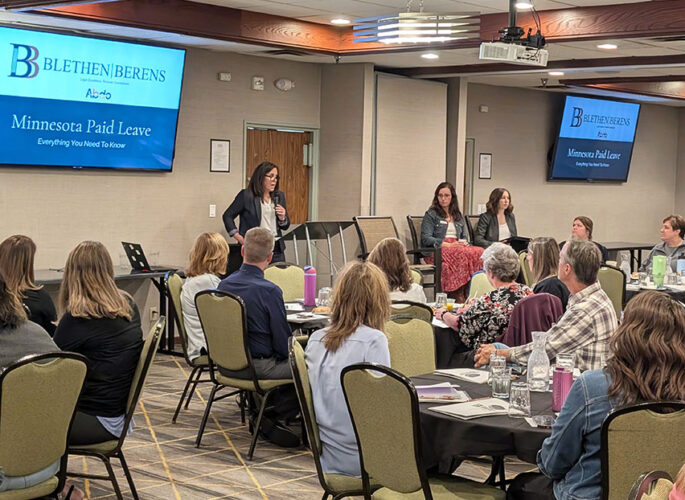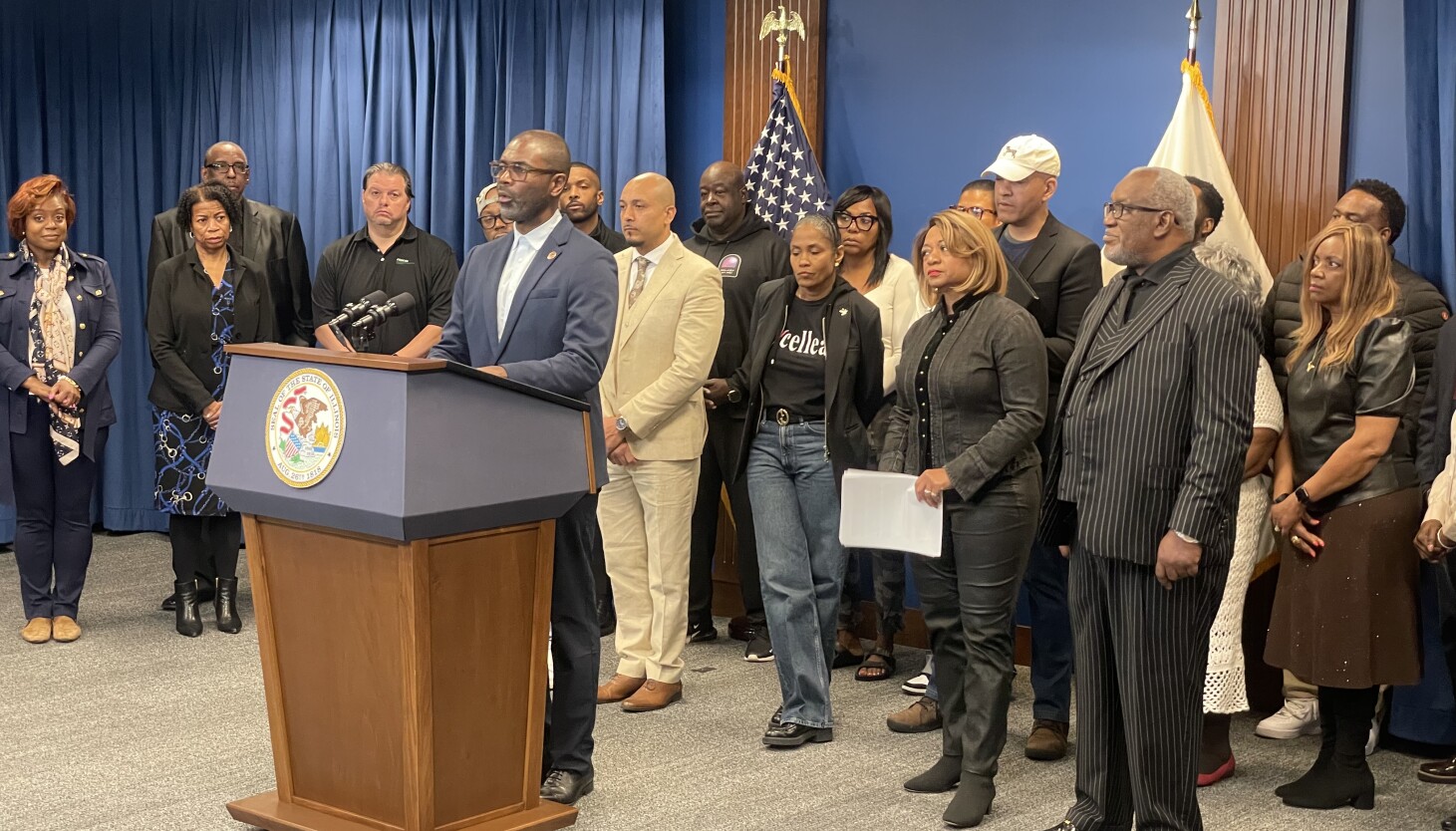Breaking: Small Business Owners Unpack Paid Leave Policies in Crucial Roundtable

Fairmont Businesses Get Insider Look at Minnesota's Groundbreaking Paid Leave Program
Local business owners and payroll professionals gathered in Fairmont on Wednesday for an illuminating seminar that shed light on the state's innovative Paid Leave initiative. With expert attorneys and payroll advisors leading the discussion, participants gained crucial insights into the new program set to transform workplace benefits.
Scheduled to take effect on January 1, 2026, the Minnesota Paid Leave law promises to provide comprehensive paid leave benefits for employees across the state. The program will be financially supported through a premium-based system, with employers and employees sharing the cost burden.
The well-attended seminar offered a deep dive into the program's intricacies, helping local businesses understand their responsibilities and the potential impact on their workforce. Attendees learned about the program's key provisions, implementation strategies, and how to prepare their organizations for this significant workplace policy change.
As businesses in Fairmont and beyond prepare for this landmark legislation, seminars like these are proving essential in ensuring smooth transition and compliance with the new state mandate.








